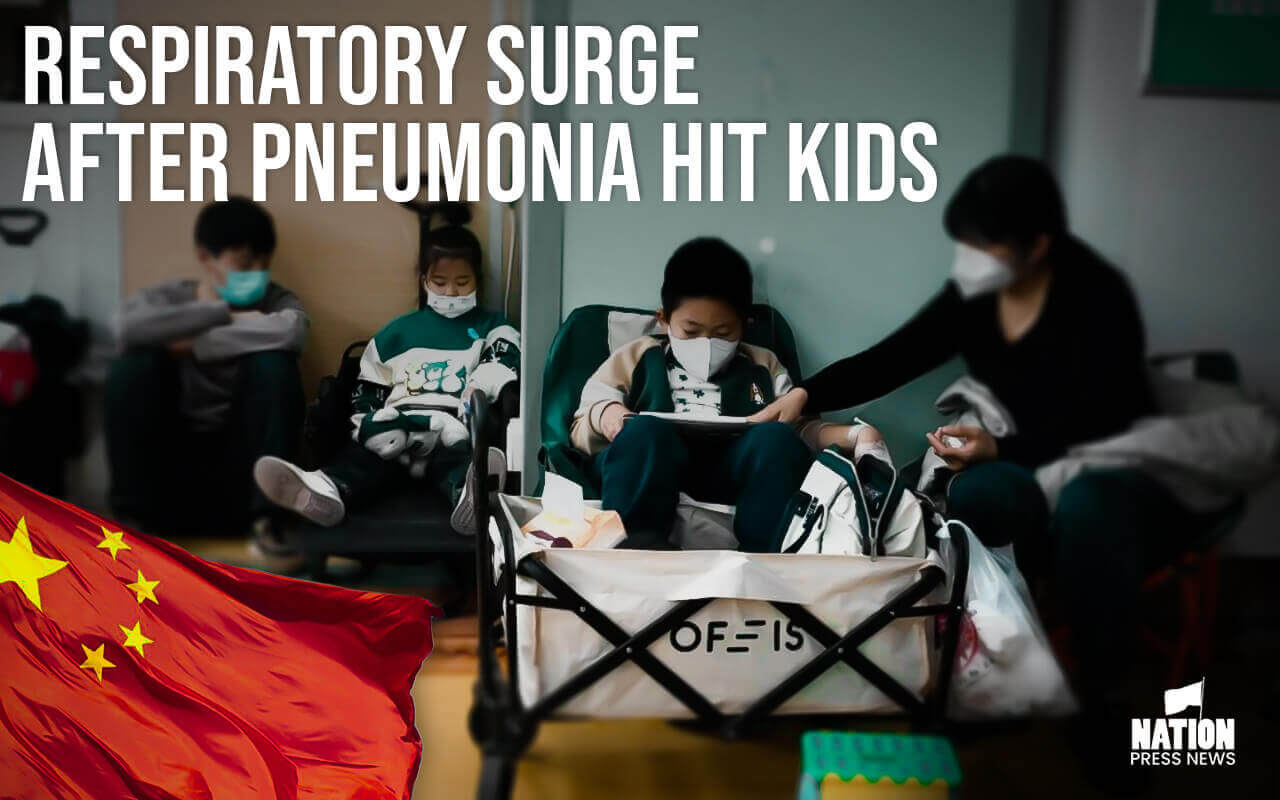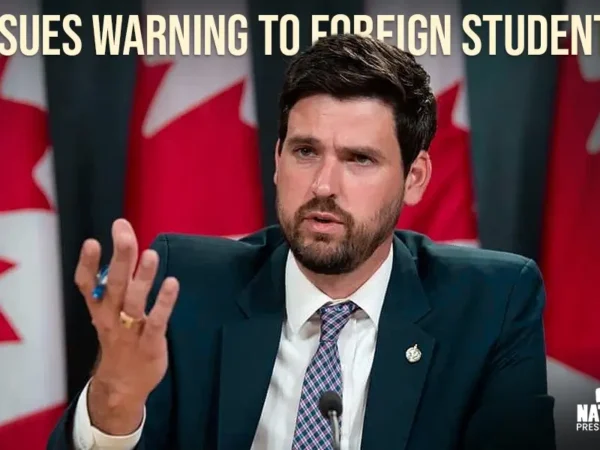China Warns of Coming Respiratory Surge After Pneumonia Hit Kids
China said a surge in mycoplasma-caused pneumonia in children shows signs of ebbing, but warned that other respiratory illnesses are likely to hit the broader population hard during the mainland’s first winter after Covid restrictions.
Health authorities in Beijing say flu, adenovirus, and respiratory syncytial virus have surpassed mycoplasma as the most frequently detected pathogens among patients at the city’s top pediatric medical centers.
On November 13, China’s National Health Commission reported a surge in respiratory illnesses, mostly in children. Chinese authorities have attributed the rising cases to the end of Covid restrictions, the arrival of the cold season, and the circulation of known pathogens that include influenza, mycoplasma pneumonia, respiratory syncytial virus (RSV), and SARS-CoV-2 — the virus that causes Covid.
On Monday, the public disease surveillance system ProMED — which once issued an early warning about mysterious pneumonia cases that turned out to be Covid — reported that some Chinese hospitals were “overwhelmed with sick children” due to a pneumonia outbreak.
This outbreak was said to be mainly in the capital Beijing, but also in the northeastern Liaoning province and other areas in China. Symptoms include fever, lung inflammation without a cough, and pulmonary nodules — lumps on the lungs that are usually the result of a past infection. No deaths have been reported. At a children’s hospital in Beijing on Thursday, several parents told AFP their children had mycoplasma pneumonia, which is a common cause of pneumonia in children that is readily treated with antibiotics.
What do China and WHO say?
The report triggered memories of the pandemic, with social media users fearing “a new virus coming from China,” or a “new Covid”.
On Wednesday, the World Health Organization — which repeatedly criticized Beijing for a lack of transparency throughout the Covid pandemic — requested more information from China about children suffering from “undiagnosed pneumonia”.
Beijing responded on Thursday, saying “There has been no detection of any unusual or novel pathogens,” according to a WHO statement.
The WHO has requested more information, noting that China closely monitors trends in viruses such as the flu, RSV, and SARS-CoV-2.
China also started monitoring mycoplasma pneumonia for the first time in mid-October, the WHO added.
The WHO said that “there is limited detailed information available to fully characterize the overall risk of these reported cases of respiratory illness in children.”
However, an increase in such illnesses was to be expected with the arrival of winter, it added.
What do experts think?
Several experts pointed to winter’s arrival, the end of COVID restrictions, and a lack of prior immunity in children as likely being behind the surging infections.
“Since China experienced a far longer and harsher lockdown than essentially any other country on Earth, it was anticipated that those ‘lockdown exit’ waves could be substantial in China,” said Francois Balloux of University College London.
Unless there is new evidence suggesting otherwise, “there is no reason to suspect the emergence of a novel pathogen,” he added.
Paul Hunter of the UK’s University of East Anglia emphasized that “at present there is too little information to make a definitive diagnosis”.
However, “overall, this does not sound to me like an epidemic due to a novel virus
- Published By Team Nation Press News







